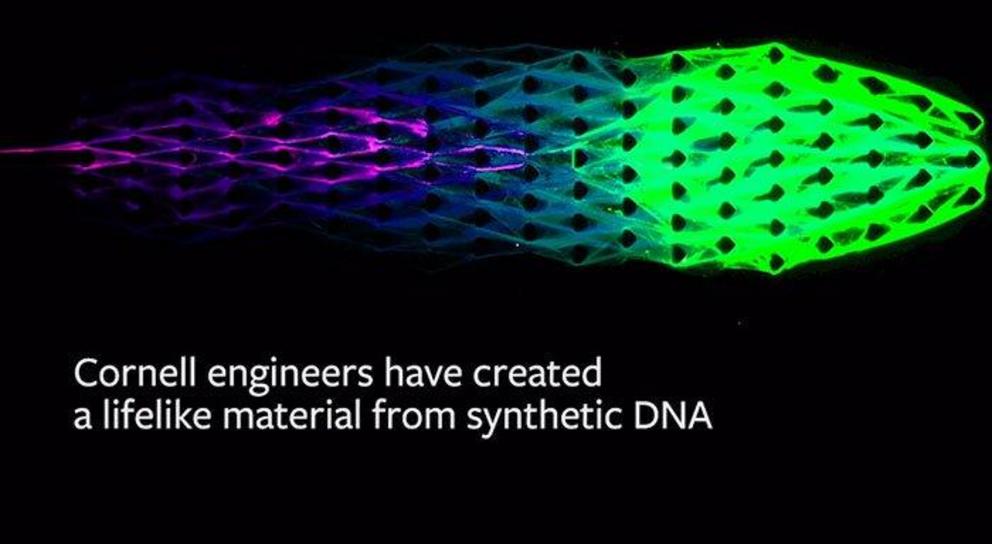Cornell scientists create lifelike biomachines that eat, grow and race competitively
It's not quite Skynet, but scientists have created "lifelike" machines seem like something straight out of a sci-fi movie. Researchers from Cornell University has crafted what they call artificial machines using synthetic DNA that can move on their own, grow, evolve, consume resources and eventually die.
Now before you start putting on your judgmental hats and questioning the ethics of the researchers, they are quick to point out that their creations are not true "living" organisms. "We are introducing a brand-new, lifelike material concept powered by its very own artificial metabolism," writes Dan Luo, who serves as a professor of biological and environmental engineer at Cornell. "We are not making something that’s alive, but we are creating materials that are much more lifelike than have ever been seen before."
Luo and his team developed a biomaterial that was placed into a nanoscale scaffolding. The material then autonomously emerged to "arrange itself – first into polymers and eventually mesoscale shapes." Acting much like slime molds, the biomaterial was able to move under its own power, moving forward against a liquid flow of energy.
Not surprisingly, the researchers pitted these new bio machines against one another in competitive races – because, why not? Given the self-locomotive properties of each and the total randomness of the environments (and of the machines themselves), the team says that the race outcomes and eventual winners were always dynamic.
Besides their racing antics and ability to sustain themselves, the Cornell researchers also witnessed their new machines grow, decay and eventual die (after two cycles of synthesis) like true living organisms.
“The designs are still primitive, but they showed a new route to create dynamic machines from biomolecules," added Shogo Hamada, a research associate from the Luo lab. "We are at a first step of building lifelike robots by artificial metabolism.
“Ultimately, the system may lead to lifelike self-reproducing machines."
Luo and his team are just getting started with these machines, and hope to eventually advance their research to the point where this biomaterial can be used as biosensors in the medical field.
Video can be accessed at source link below.

